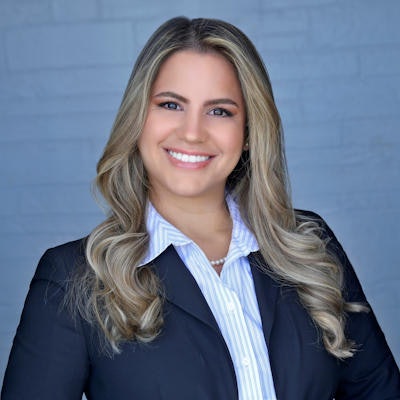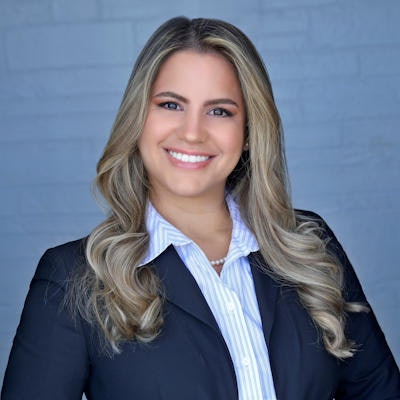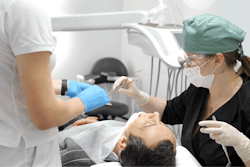
On January 1, 2023, a big change is coming to two Code on Dental Procedures and Nomenclature (CDT) codes related to intraoral radiographs and full-mouth debridement.
The ADA's Code Maintenance Committee met in March to assess the current CDT codes and to approve or reject new codes, as well as revise or possibly delete codes that are no longer applicable. This year, the committee approved updates to six CDT code categories. Two of these code changes are important to prepare for now.
D0210: Intraoral complete series of radiographic images
 Estela Vargas.
Estela Vargas.One of the biggest headaches in general practice is the confusing rules, or lack of rules, regarding the frequency of radiographs. Radiographs should only be taken when ordered by the dentist, treating the patient based on medical necessity and according to ADA and U.S. Food and Drug Administration guidelines. But oftentimes, those are not the only considerations on the minds of many practices and patients.
Even though the dentist may have a valid rationale for taking radiographs, insurance plans still may not pay for them. The policy language has frequency limitations on all radiographs, and it is policy language that interferes with the doctor-patient relationship. Frequency limitations on radiographs have caused dentists to not take necessary radiographs because the patient says, "No, it's not covered by my plan."
Up until January 1, 2023, a radiographic survey of the whole mouth would include 14 to 22 periapical and posterior bitewing images. Note that an extraoral panoramic radiograph (D0330) is not included with intraoral radiographs.
The new code language, which has not been released yet, will change D0210 to no longer specify the number of images captured for this procedure to be reported. The type and number of images needed for a comprehensive survey is determined by the dentist.
The change is in response to complaints over the years that the specified number sometimes influenced third-party payer reimbursement decisions. The dentist's determination on the number of images needed helps reduce a patient's exposure to radiation.
For periodontal patients of all ages and dentitions, the ADA recommends clinical judgment be utilized when determining the frequency for bitewing radiographs and/or periapical images. The association makes no specific frequency recommendations.
The necessity of a full-mouth series of radiographs will be a big positive for edentulous patients. You can still charge a full-mouth series, even if the bite collapsed and you only take six periapicals of the anterior teeth and a panoramic film or a similar scenario. Payers often downcoded this scenario, forcing the dentist to take a write-off. Nomenclature changes in 2023 will help dentists appeal these unfair practices.
D4355: Full-mouth debridement to enable a comprehensive oral evaluation and diagnosis on a subsequent visit
This important revision concerns D4355, the full-mouth debridement procedure code. D4355's nomenclature and descriptor changes in 2023 will recognize that some patients may want a complete comprehensive evaluation on the same day as debridement.
The revision to D4355 allows for some diagnosis and treatment on the same date of service, an especially important option for patients who travel long distances for their dental care. Then they will appoint for a D0150 or D0180 at a later visit.
The actual nomenclature and descriptor is not available until the fall of 2022. More information on coding is available at ADA.org/en/publications/cdt/coding-education.
Estela Vargas, CRDH, is the founder and CEO of Remote Sourcing, a dental insurance billing and revenue recovery service. She is a graduate of Miami Dade College's dental hygiene program. Vargas' extensive background in the clinical arena of dentistry is coupled with her experience as a practice administrator and business executive.
The comments and observations expressed herein do not necessarily reflect the opinions of DrBicuspid.com, nor should they be construed as an endorsement or admonishment of any particular idea, vendor, or organization.



















